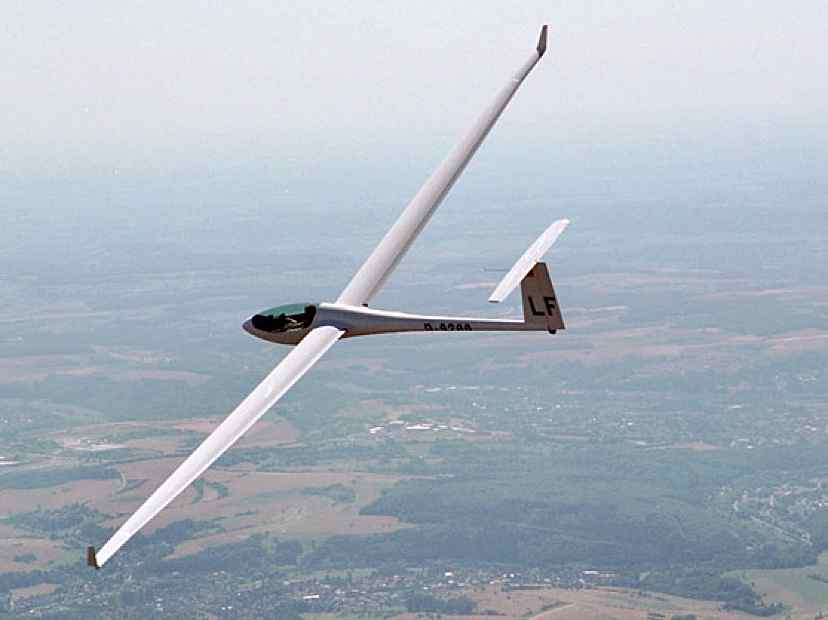© ir. Willem Langelaan OAA. All rights reserved
2022 february 12
© ir. Willem Langelaan OAA. All rights reserved
2022 february 12
HIGH PERFORMANCE SAILPLANES
planeurs de grande finesse
postscript
Jeroen and I compared our flight experiences, and our notes are nearly identical in their appreciation of the flight characteristics of the Antares 20E and 18S. I later heard that many people who make a test flight are impressed enough to order one. Jeroen joined a Dutch syndicate for the 20E and I will take delivery of an Antares 18S in 2012.
flying the Antares was a joy.
landing
After an hour the seating remains comfortable and ventilation is excellent. I fly back to Zweibrücken and call the tower. Cleared to land, I set up my circuit at 800 feet, and fly the downwind leg. But when I turn base, I see that the ground appears closer than expected, and on turning final the taxiway for Lange Aviation appears near the horizon. I now remember that the runway is 10,000 feet long! I have to keep the air brakes closed for a while, then eventually open them fully, touch down, and roll off the runway onto the taxiway to the hangar with the use of the steerable tailwheel (all gliders should have them!).
stability
Directional and pitch stability are in the most positive sense a non-issue. The rapid roll rate results in requiring only small inputs for corrections in the thermal. Rather than lending a nervous mode to the flight, the agility of the glider fosters smooth flying. Rudder and flaperons are well coordinated. After a few minutes of thermalling there is great comfort in flying the Antares. When the autumn thermal diminishes, I level the glider and make a run for a distant cloud that is developing. I set the flaps negative and accelerate to 90 knots. I spot the Antares 20E and join it in a thermal and we both climb at the same rate.
LANGE AVIATION
ANTARES 18S
Flying the Antares 18S
willem langelaan, free flight, 2010/2

© Jochen Ewald